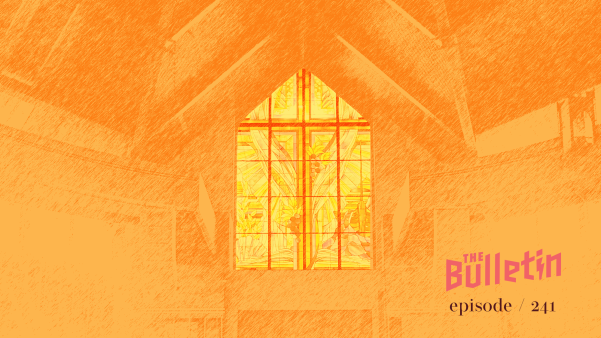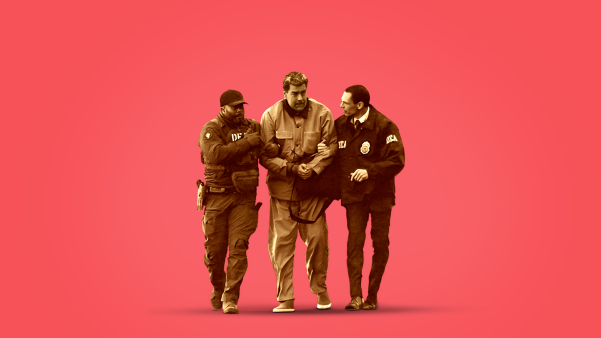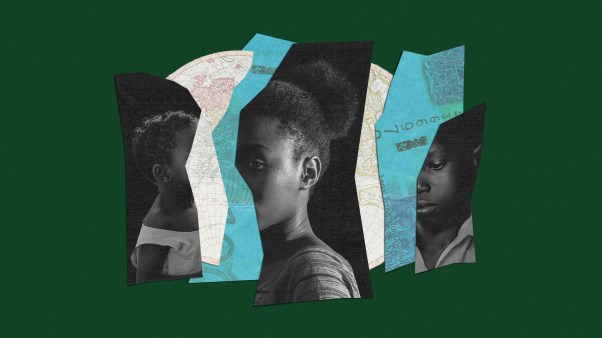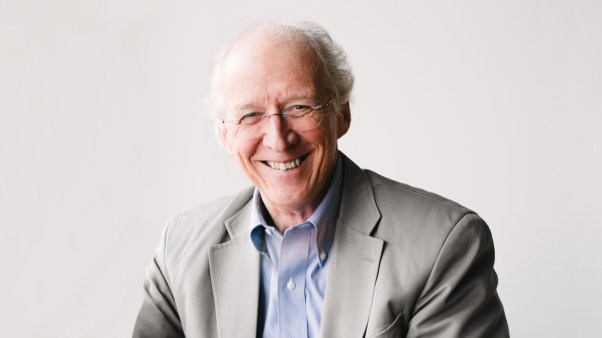Early one June morning in downtown Los Angeles, a group of eight people was learning how to observe immigration hearings.
Holding notebooks to write down all their instructions, they were mostly Protestant clergy but also Jews and those of other faiths, all under the tutelage of a local faith-based group called CLUE (Clergy and Laity United for Economic Justice). In recent weeks, more Catholics have signed up for the court-observation training with CLUE, too, according to its director Jennifer Gutierrez.
Ashley Hiestand, a minister from Mount Hollywood United Church of Christ was among the group visiting immigration court for the first time. It was initially intimidating, especially seeing Immigration and Customs Enforcement (ICE) agents in the hallways, but when she learned the process, it felt simpler.
“Our congregants might not know how to plug in in this moment—but this is one way,” she said.
There are 58 immigration courts around the country, most in major cities like New York, Los Angeles, and Miami or near sizable immigration detention centers like Adelanto, which sits about 90 miles northeast of Los Angeles.
The vast majority of those facing deportation now are Christian.
The public can sit in on immigration hearings. More clergy are starting to observe hearings in big cities since the Trump administration began a new deportation tactic at courts.
In the removal hearings, the Department of Homeland Security (DHS) lawyers will move to dismiss the case. If the judge grants the dismissal, that ends the immigrants’ court cases and makes them eligible for “expedited removal.” That means ICE can arrest them outside the courtrooms and they are subject to deportation.
This process ends most legal remedies available to individuals who successfully obtained legal parole in the US—for example, through the app CBP One—but are now facing deportation because President Donald Trump has canceled many of those asylum programs.
In May, a Queens pastor observing immigration court in New York was arrested, right when ICE first began its tactic of arresting people at their court hearings. Authorities later released him.
Before going into Los Angeles court on this morning, CLUE’s Jennifer Coria, leading the group, emphasized that this was not an attempt at civil disobedience. It was about following rules—observing the court hearings, offering resources to immigrants there, witnessing ICE arrests outside courtrooms, and recording detainees on video as ICE agents load them into vans outside the court.
Observers also might be the only way a detainee without a lawyer can get word to family before being sent to a faraway facility, perhaps in another state. Volunteers offer to connect with an emergency contact if they can.
Coria hadn’t been in the LA courthouse before, but she had been observing immigration court in nearby Orange County and had watched people have their cases dismissed and then ICE arrest them for deportation.
Though CLUE’s Christian volunteers who showed up this day were mostly mainline, evangelicals from Spanish-speaking churches have been coming to CLUE events.
After going through security, the group walked under the observation of some bored National Guard soldiers in the lobby and to an elevator bank, then up to the executive office for immigration court to find the rooms that would be holding what are called “master calendar” hearings.
In those courts, immigration judges hear multiple cases in a row, and ICE agents linger to arrest people after hearings.
Coria suggested a few people sit in the courtroom and a few sit outside to see what the agents were doing.
Each courtroom functions in its own way, but when two clergy members went into the courtroom to sit in on the hearings, the court clerk came over to ask who they were, and they shared what church they were from.
“The judge on Friday really noticed the clergy was present in the courtroom—he looked at them when he was speaking,” said Coria.
Seven immigrants sat on benches waiting for the judge to call their cases. One was a woman carrying a baby, juggling toys to keep the baby happy. The judge allowed her to stand and bounce the baby during her hearing.
Outside the courtroom, four unidentified men in cargo pants, big watches, and short-sleeve collared shirts gathered, whom CLUE staff guessed to be ICE agents.
Judge Rachel A. Ruane, drinking from a large coffee tumbler at a standing desk, called up several immigrants at a time to hear their cases, a practice reflecting the high caseload of immigration judges. Some of the cases she heard that day involved immigrants who entered the country in 2022 and who would have merit hearings in 2028.
The first three cases she heard were for immigrants without lawyers—the woman with the baby, a young man, and another man who had come all the way from Houston for his hearing. Ruane gave them a sheet listing free legal-aid services: a resource if they wanted representation, she said.
The DHS lawyer motioned to have two of the cases dismissed, which would allow the agents outside to arrest the immigrants.
The judge asked the two immigrants, through a Spanish interpreter, if they agreed with the motion or if they would like to have time to find a lawyer.
Though the dismissal of deportation proceedings could sound like a win for the immigrants, the woman with the baby understood the implications—she began weeping and said in Spanish that she feared persecution if she returned to her country.
To the DHS lawyer the judge said, “I’m holding those motions [to dismiss] in abeyance today.” She said she would give the immigrants time to find lawyers for their next hearing.
After her ruling, the presumed ICE agents left the hall outside the courtroom.
As the immigrants left the courtroom, CLUE clergy intercepted them to ask whether they had legal resources. The volunteers learned lessons for their next court visit: Have a printed resource page in Spanish to hand to people. The immigrants were receptive and chatted briefly.
After one round of cases, the volunteers left and convened outside the court. The woman with the baby on her hip continued talking with one of the clergy members in Spanish. The volunteers asked each other if anyone could give her a ride, but no one had a car seat. So instead they waited with her for someone else to pick her up.
Hiestand, one of the pastors, said the constant immigration raids have felt like “hell” in LA, but showing up felt like the “small next right thing.”
“You don’t have to know all the things,” she said, but just show up, maybe with a buddy if not an official group. “To bear witness now matters. … I noticed people reacted to our presence there. The folks in court see it; the folks who work at court see it.”
The group discussed a plan to go to LA court weekly, with volunteers in the morning and afternoon.
“The community feels that presence even if ICE isn’t there,” said Coria.












